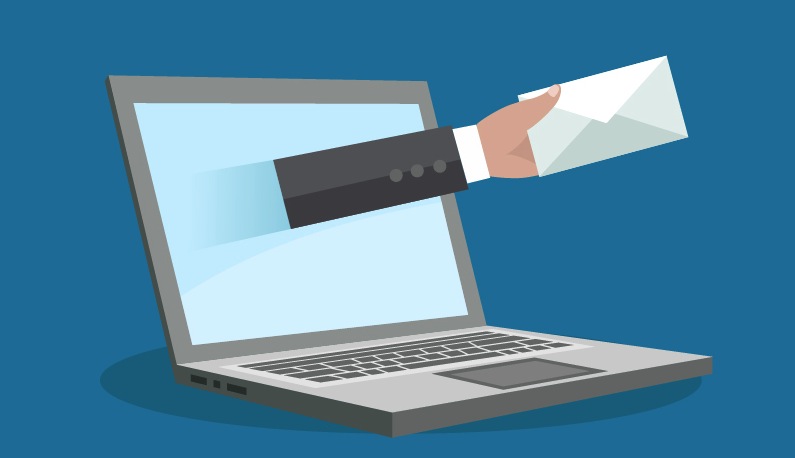 While social media and mobile marketing may be on the rise, the single most effective way to attract new B2B leads is still via email marketing. As a B2B marketer, then, you need to be thinking of new ways to optimize the results of your email marketing campaigns. Here are three easy steps that any business, no matter how big or small, can follow.
While social media and mobile marketing may be on the rise, the single most effective way to attract new B2B leads is still via email marketing. As a B2B marketer, then, you need to be thinking of new ways to optimize the results of your email marketing campaigns. Here are three easy steps that any business, no matter how big or small, can follow.
Personalize your emails
Perhaps the single easiest way to get a quick boost in your email marketing campaign is by personalizing the content of your messages. While it’s possible to do this manually, this approach simply isn’t scalable once you have more than a handful of customers. That’s why many companies are turning to email technology vendors, such as JangoMail, to create highly customized email campaigns.
With an email tool like JangoMail, you can personalize more than just the subject line of the email and the signature — you literally have more than 100 different fields for each email address that can be used for personalization. And the more you are able to customize each email for an individual user, the higher your open, click and response rates. Moving the needle just a little on your open rates could have huge implications for potential sales later.
Understand how customers really use your emails
In a best-case scenario, you send out an email to a customer with a specific call-to-action, and within minutes, that customer opens the email, clicks on any links within the email, and responds in exactly the way you want. But is that really realistic to expect? More likely, the customer saves your email to read later when he/she has more time to digest all the contents of that email.
Think of how many emails you get in a single day, and all the tips and tricks you have for organizing those emails into some semblance of a reasonable workflow. That’s the thinking of companies like San Francisco-based Streak, which calls itself “CRM in your inbox.” It’s a tool for organizing Gmail messages according to clients, projects, and workflows and companies like Uber, Yelp and Twitter use it to make it easier for employees to get a handle on their daily workflow. Each email becomes part of a bigger process:
When you understand how customers use your emails, you have greater insight into what types of messages work. For example, if you are sending out weekly emails about new product features and updates, how many customers are saving those emails into a special folder for later and how many are simply deleting them because they’re overwhelmed by all the information? Your goal is for your emails to become part of the recipient’s daily workflow.
Test and repeat
Sometimes the only way to know what really works is to continually test your emails. As part of your A/B testing, experiment with different times of the day and different times of the week to send out emails. Try new subject headlines. See how a different call-to-action (CTA) influences the response of users.
Over time, you’ll get much greater visibility into what works, and what doesn’t. You’ll learn how to personalize emails for maximum impact, and you’ll understand how and why customers respond to your email campaigns. Think of email marketing as a virtuous circle, where the results of one email marketing campaign help to inform the results of the next email marketing campaign.
